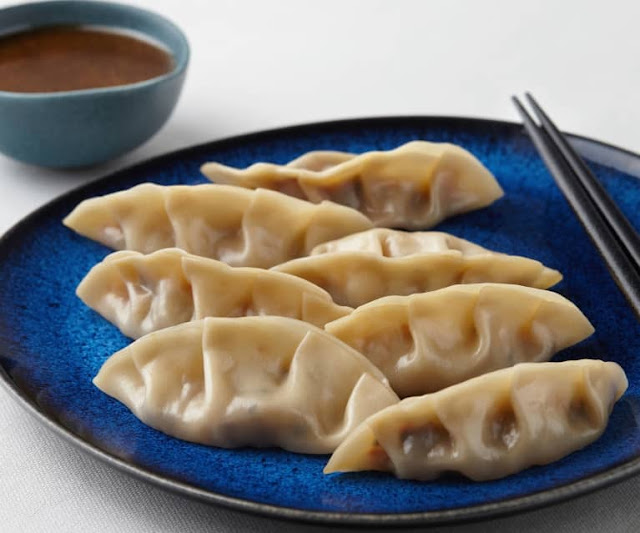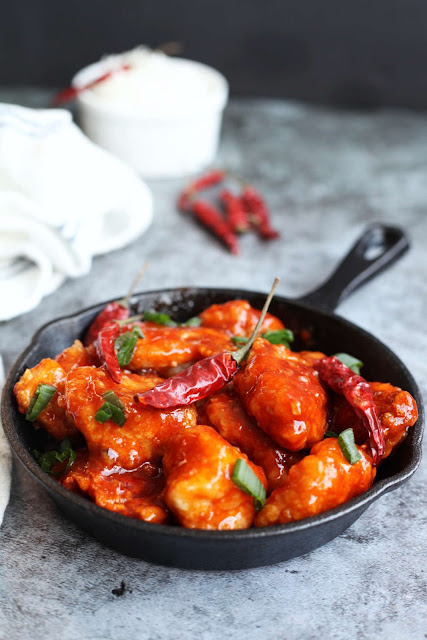Delicious Chinese dumplings that are prepared with flour dough and filled with a stuffing of pork, beef, shrimp or vegetables.
Ingredients
For the dough
- 1 lb flour
- 1 cup cold water (approximately)
- 2 pinches salt
For the stuffing
- A few rehydrated Chinese mushrooms (e.g. wood ears)
- A handful of fresh bean sprouts
- 1 carrot , shredded
- 1 lb ground beef
- 1 tablespoon sesame oil
- 1 stalk lemongrass
- 1 (1-inch) piece fresh ginger , grated
- ½ cup soy sauce
- 1 bunch cilantro
Instructions
Dough
- Mix the flour and salt. Add a little water and form homogeneous dough, not too soft. Do not add more water than necessary.
- Let the dough rest at least 45 minutes covered with a cloth in a dry place.
- Generously flour dough. Roll it in the pasta machine (ravioli position) and form very thin and wide strips that you will need to cut with a round cookie-cutter (ideally about 3-inch/8cm diameter).
Stuffing
- Slightly brown some green onions in a little oil and then add the stuffing ingredients in the order indicated above. Cook at high temperature just enough time to reduce the liquid, stirring constantly.
- Stuff raviolis (stuffing must be cold) and place them on a floured surface.
- To close the raviolis, you can use some cornstarch diluted in water.
- Place a little less than a tablespoon of filling in the middle of the wrapper. Fold the wrapper in two to form a semi-circle and pinch it at half point at the top.
- Pinch the wrapper over twice on each side of the initial middle pinch by folding about ¼ inch (5mm) of the wrapper. You will end up with 5 pinches therefore forming a fan-shaped dumpling.
- Three cooking modes are possible:-Steamed (zhēngjiao)- Boiled (shuijiao)- Fried (guotiē)
- You can choose to consume the jiaozi by themselves or in a broth of meat or chicken.



